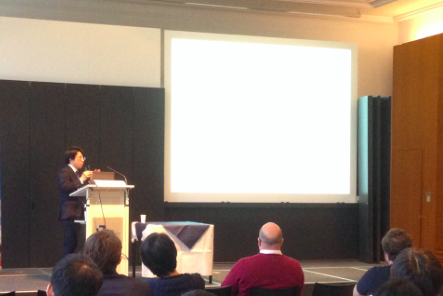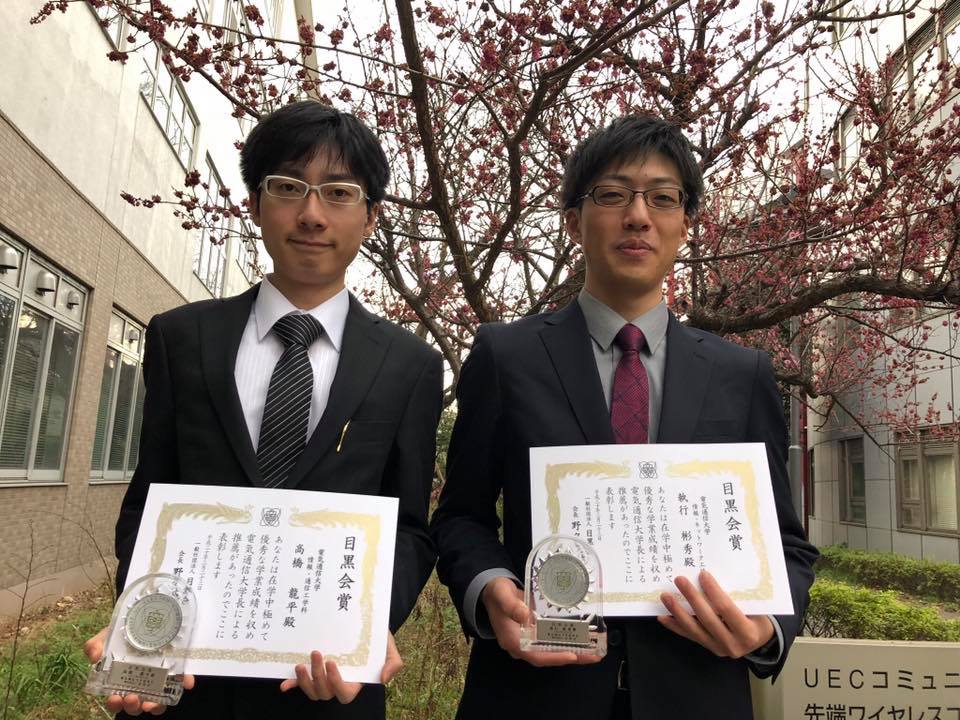Prof. Ishibashi gave an invited keynote talk titled “Machines Talk Freely: Graph-based Design for Distributed Wireless Communications” at 15th Workshop on Positioning, Navigation and Communications (WPNC) held at Bremen, Germany.

Our members, Shun, Kazuya and Masaru also presented their recent results.
Title: Coded Frameless ALOHA
Title: Aggregate-Compression-Aided Subcarrier IQ Index Modulation

Title: ZigZag Decodable Coded Slotted ALOHA





